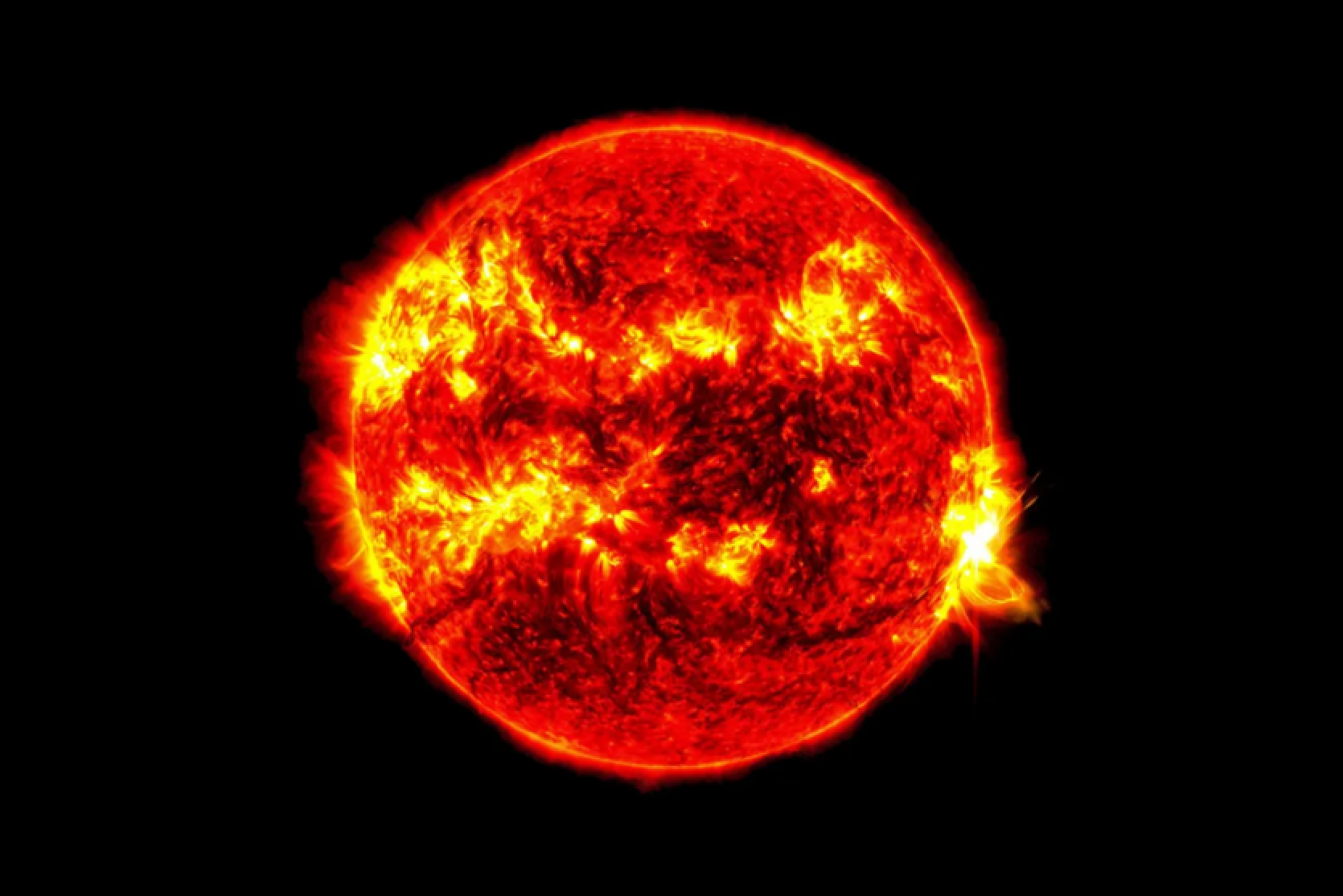A gigantic sunspot on the Sun, designated as AR3664, left us a parting gift, but this time without the bonus of the Northern Lights.
On May 10, AR3664 produced a class X5.8 flare, and over the past 24 hours flares of X1.7, X1.3, and a colossal X8.7 - the most powerful in the current 11-year solar cycle, according to the NOAA Space Weather Prediction Center.
REGION 3664 NOT DONE YET! PRODUCES X8.8 FLARE…LARGEST OF THE SOLAR CYCLE! pic.twitter.com/NJZUdRCrt1
— NOAA Space Weather Prediction Center (@NWSSWPC) May 14, 2024
Solar flares are intense bursts of electromagnetic radiation emitted by sunspots (dark formations on the surface of the Sun). They are classified by letters according to size (with X-class flares being the largest) and numbers indicating power.
Despite the size and power of the current flare, it is unlikely to produce common auroras as seen on May 10.
"Due to its location, any coronal mass ejection associated with this flare is unlikely to have any geomagnetic effects on Earth," NOAA wrote.
However, radio communication issues on the sunlit side of the Earth are still possible. According to SpaceWeather.com, reports are already coming in from Australia and East Asia of nearly complete disruption of frequencies of 20 MHz or lower.
When the sunspot is over the western edge of the Sun, it reaches a specific point that magnetically connects it to Earth - essentially, the proton stream then travels towards us on the superhighway of space, known as the Parker Spiral. Particles reach Earth's magnetic field, rotate, and head towards the poles, where they interact with our atmosphere and cause issues with shortwave radio signal transmission.














Comments (0)
There are no comments for now